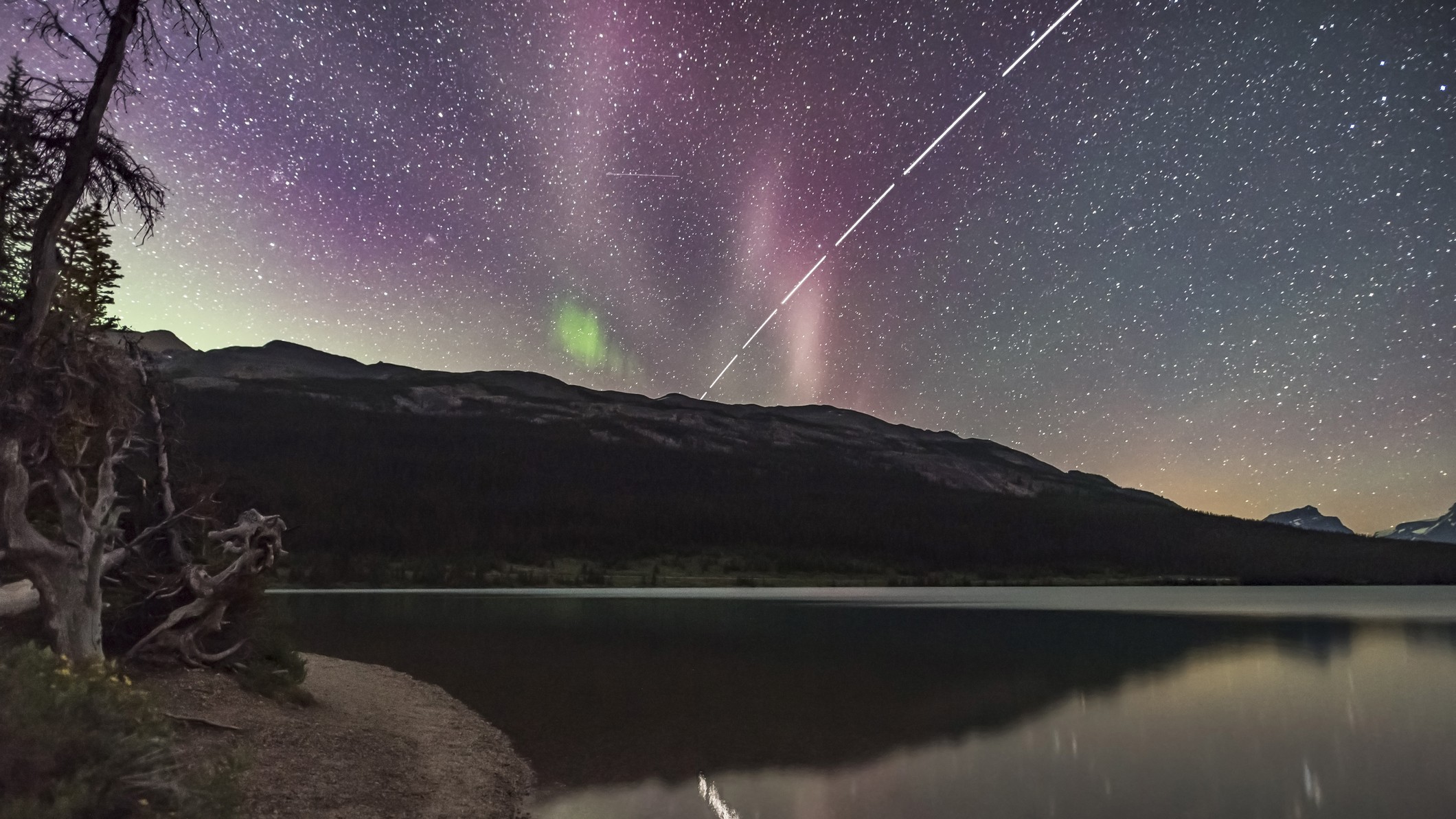Galactic Birth Control: Unknown Factor Prevents Star Formation
Early galaxies from the universe's distant past grew up muchfaster than astronomers anticipated, according to a new study in the currentissue of Astrophysical Journal.
When the universe was two to three billion years old, or just 20 percent of its currentage, these galaxies had already formed most of their stars.
"Weexpected to see that these galaxies had been in the process of star formation,"study author Pieter van Dokkum of Yale University told SPACE.com.
The findingis somewhat perplexing to astronomers because they know that the universe ischock full of stars now (the Milky Way alone has 400 billion) and that verylittle starformation takes place in large galaxies today.
The stars"had to have formed at some time," said van Dokkum. But nobody knows when.
Based onthe results of this study using the Gemini telescope in Chile, star birth inthese large galaxies must have been "both much earlier and much more intense"than previously thought, van Dokkum said.
Scientiststhink black holes in these earlygalaxies' centers may have prevented stellar formation (and are suspected to bedoing the same thing in galaxies today). As these dense masses devour all thematter around them, they shoot powerful jets of energy out into the surroundingspace. These intensejets might heat the galaxy's gases, preventing them from condensing andforming stars - a sort of stellar birth control.
Breaking space news, the latest updates on rocket launches, skywatching events and more!
The onlyproblem is that astronomers don't yet understand how the jets heat the gases.It's possible the jets aren't responsible at all, that some other energy sourceis at play, but astronomers don't have any other theories to work with.
"We don'tunderstand exactly how this process works," van Dokkum said. "The problem is wedon't have many other candidates."
Previousstudies have implicated black holes both in promoting and preventing stellarformation. A studypublished last month in Nature found evidence that black holes couldbe blocking star formation in nearby massive galaxies, which also have fewyoung stars.
But a studypublished in February of last year found evidence of a black hole jet triggeringthe collapse of a dense gas cloud, which became a stellar nursery.
"That'swhat makes it hard ─ we see evidence for both these things," van Dokkumsaid.
Accordingto van Dokkum, the jets triggering star formation could be a short-term effect,like a sudden "shock", that later gives way to a net effect of heating,preventing the gases from condensing.
Whatastronomers do know is that something is stifling star formation because it isnatural for galaxies to form stars since "there is a lot of gas available inthe universe," according to van Dokkum. Small galaxies, which lack their largecousins' black holes, examined in arecent Hubble image were full of young stars, and many small galaxies todayare still forming them.
Van Dokkumand his team hope to look back further in time, closer to the Big Bang,to look at the features of large galaxies then for evidence of star birth. Theyalso plan to reexamine the galaxies in this study to try and figure out whetherthe black holes are in fact acting as "cosmic contraceptives."
- Huge Black Holes Stifle Star Formation
- Forces of Creation: Black Holes Spark Star Formation
- Unknown Force Triggers Star Formation
- All About Black Holes
- All About Galaxies

Andrea Thompson is an associate editor at Scientific American, where she covers sustainability, energy and the environment. Prior to that, she was a senior writer covering climate science at Climate Central and a reporter and editor at Live Science, where she primarily covered Earth science and the environment. She holds a graduate degree in science health and environmental reporting from New York University, as well as a bachelor of science and and masters of science in atmospheric chemistry from the Georgia Institute of Technology.
